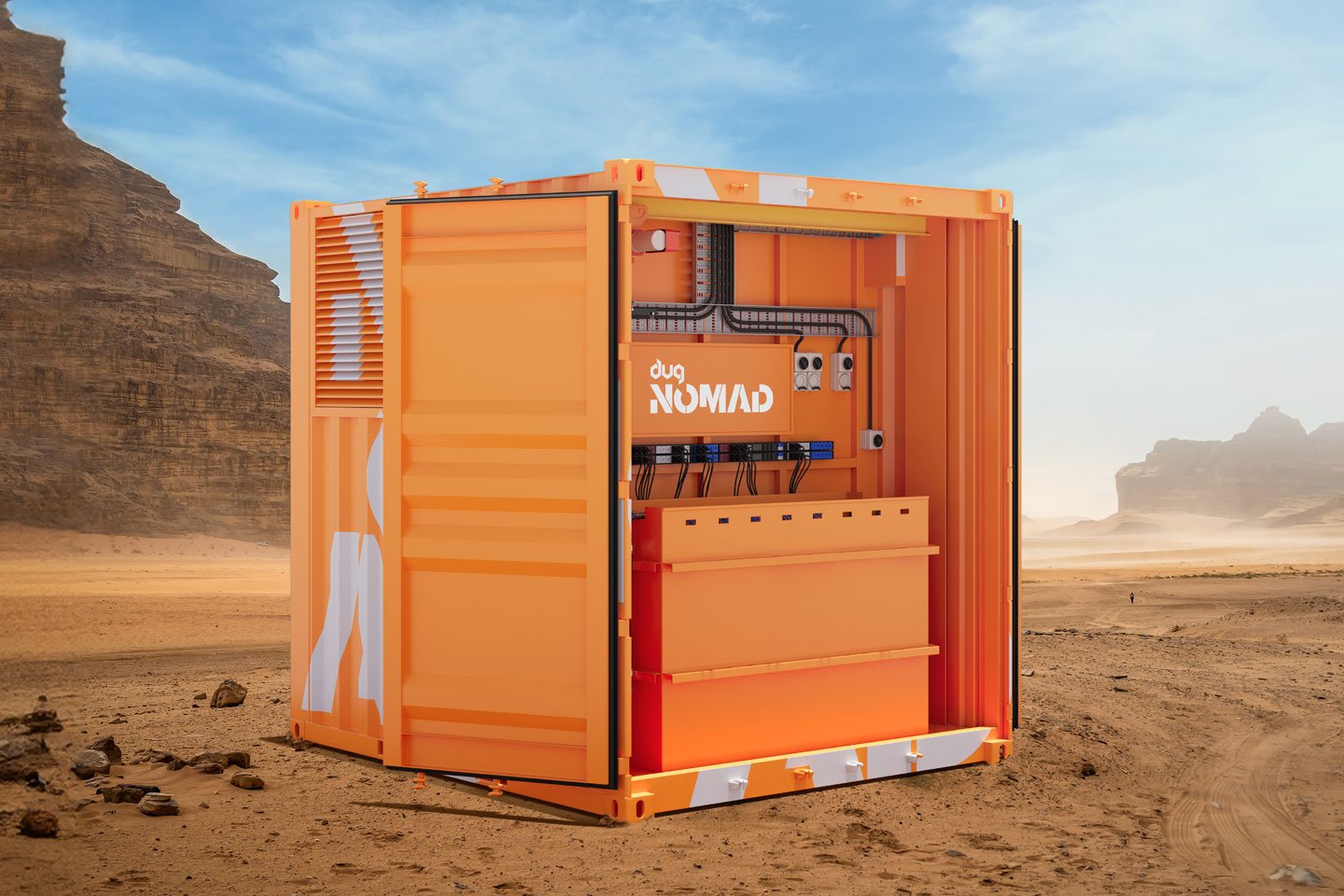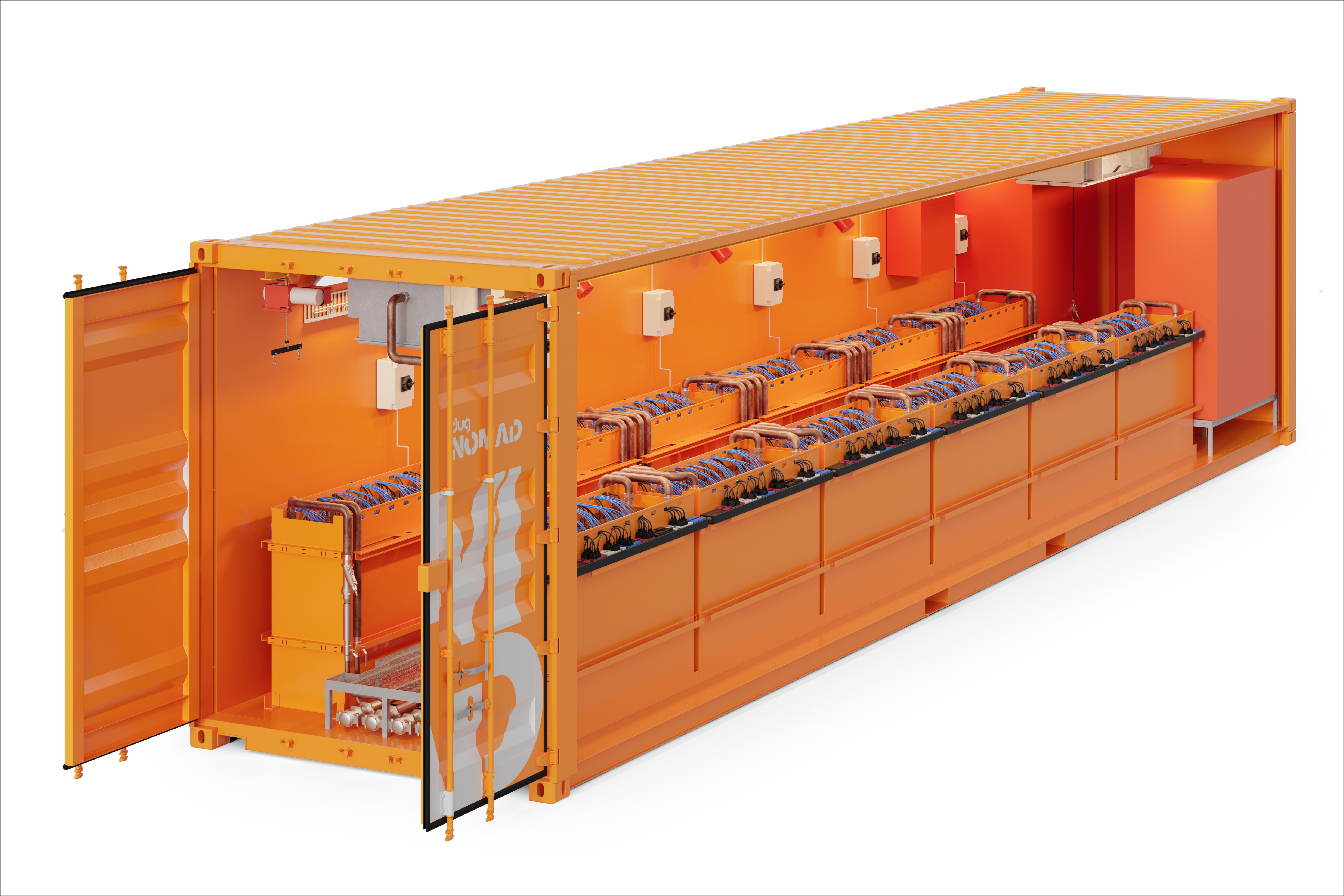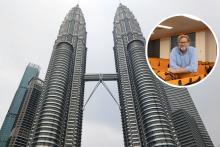Edge computing brings processing power on site and in country, ensuring security, resilience and real-time decisions where the cloud falls short.


For many years the world has grown used to sending data far afield for processing and storage. Clouds have grown thicker, servers more distant and the promise of infinite scale ever more alluring. But with this reliance on faraway infrastructure comes a pressing question: what happens when data cannot — or must not — leave a site, a city or a country?
In sectors where confidentiality, sovereignty and security are non-negotiable, the inadequacy of centralised computing reveals itself, especially in sensitive sectors such as defence and healthcare that concern national security. In Western Australia (WA), mining companies face similar challenges as they collect ever-increasing amounts of geological, operational and environmental data. What happens when decisions on drilling, safety and yield are increasingly driven by real-time analytics? Is shipping sensitive datasets offshore still practical, or even permissible?
Edge computing offers a game-changing solution. It brings processing power much closer to where data is generated, allowing organisations to maintain full control. This approach also reduces latency and improves reliability in remote locations. Cloud services, in contrast, can struggle to provide reliable and robust real-time functionality, especially during network outages. These issues serve to diminish autonomy and digital sovereignty.
Digital sovereignty as a strategic advantage
Digital sovereignty — the principle that nations and organisations should retain control over their data, infrastructure and systems — has become a matter of strategic, and even national, importance. Indeed, today’s businesses and governments alike are increasingly reconsidering where and how their data is processed.
For governments, allowing sensitive information to cross borders may expose it to foreign legislation. For healthcare providers, privacy regulations demand that patient records remain within national boundaries. For miners operating in WA, from Pilbara to Kalgoorlie, sending terabytes of geological scans to a distant cloud is not only inefficient but could also jeopardise commercial advantage if intercepted or delayed.
The relevance to WA is compelling. Sectors such as agriculture, forestry and mining are enabled through the use of edge computing. When remote operations require expeditious decision-making, localised processing provides both resilience and security.
Edge in practice
The principle of edge computing is elegantly straightforward, but the execution requires thoughtful design. Systems must be powerful enough to handle complex workloads, efficient enough to operate in diverse environments and compact enough to be deployed where needed — whether that is a hospital basement, a defence facility or a remote mining camp.
One approach is to rethink the architecture of data centres themselves. Instead of vast halls filled with racks, smaller, modular units can be deployed closer to operations. Our edge-computing solution, DUG Nomad , puts high-density, artificial-intelligence (AI)-inference power wherever it is needed. The compact 10-foot Nomad can house over 100 NVIDIA H200 GPUs, while the 40-foot version can hold more than 900. Both deliver high performance computing coupled with immersion cooling — a technique that submerges servers in a non-conductive fluid, reducing energy use and extending hardware life.

The advantage is twofold. First, sensitive data never leaves the premises, meeting sovereignty requirements. Second, organisations can achieve the processing power needed for advanced simulations, AI models and real-time decision-making without the delays of distant transmission. For WA’s resources sector, this means seismic data can be processed at source, guiding decisions at a much faster pace. For defence applications, it means mission-critical systems can function securely, independent of external networks.
The benefits also extend to sustainability. Processing raw data at the edge reduces the need for data transfer, storage and network usage. Combined with immersion cooling, which further reduces power consumption, edge solutions can help organisations lower their operational footprint.
Finally, edge brings resilience. In harsh environments, DUG Nomad’s integrated immersion-cooling system provides stable conditions free from hot spots, dust and oxidation. This protection translates into much lower maintenance needs, fewer hardware failures and less downtime. For industries where downtime has real consequences, continuity of operations and prompt decision-making are crucial.

Indeed, edge computing is not about replacing the cloud but complementing it. For routine tasks and scalable storage, centralised infrastructure remains a judicious choice. But for applications where confidentiality, speed and jurisdiction matter, the edge provides a necessary counterbalance.
The cloud may have given businesses the wings to soar, but it is wise to keep critical data firmly on the ground — close, secure and under control.
















